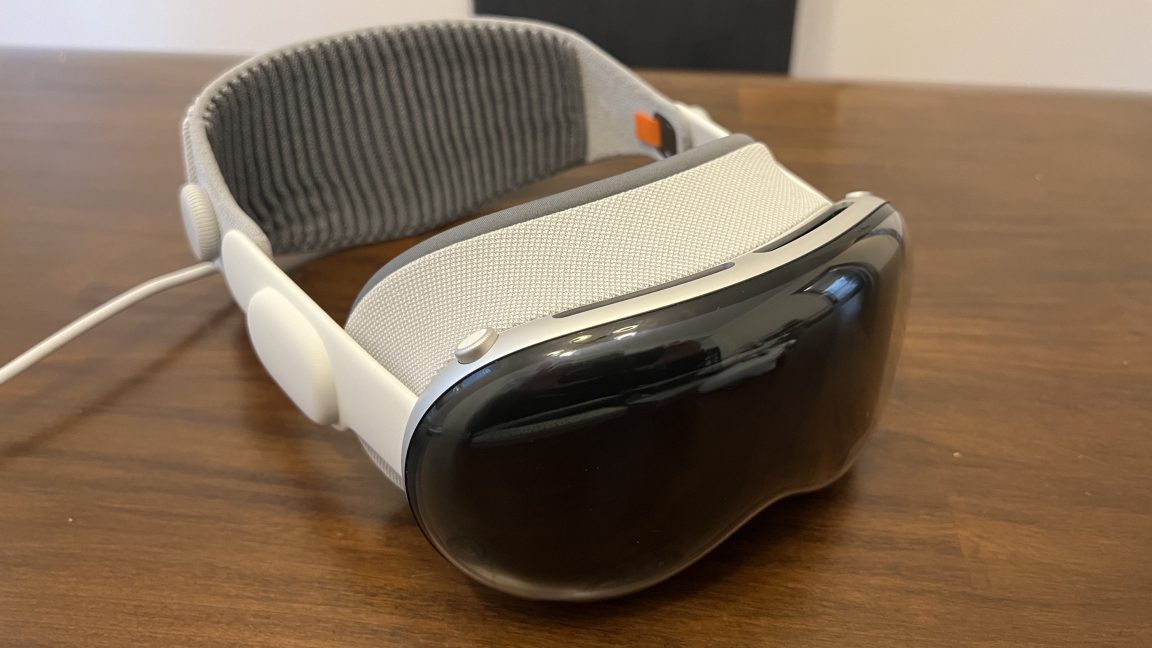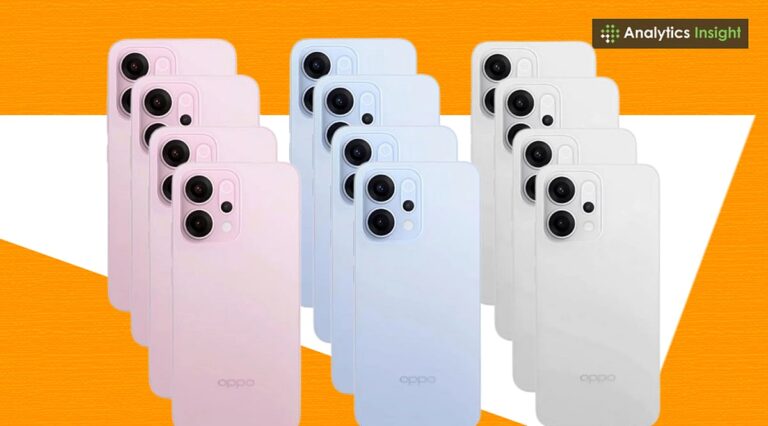Apple’s Vision Pro has not yet captured the market’s imagination, hindered by its high price and comprehensive feature set. However, the tech giant remains undeterred, according to Ming-Chi Kuo, a respected analyst known for his accurate forecasts of Apple’s product strategies. Kuo has revealed a roadmap indicating Apple’s intention to introduce a new wave of mixed reality devices by 2027. He asserts that Apple continues to see head-mounted devices as the next significant trend in consumer electronics.
Apple CEO Tim Cook has long championed this vision, and despite the Vision Pro’s limited success as a niche product, the company’s ongoing investment suggests it is not dissuaded. Kuo notes, however, that no new head-mounted devices are expected from Apple in 2026. Instead, launches are projected for 2027 and 2028. A Vision Pro 2 is anticipated, but not before mid-2028, with expectations of a leap from Apple’s M2 system-on-a-chip to the M5, promising a substantial performance boost.
Upcoming Innovations in Apple’s Mixed Reality Lineup
Kuo’s insights, drawn from supply chain sources, suggest the new headset will sport a completely new design, “significantly” lighter than the original Vision Pro, and offered at a reduced price point. Additionally, Kuo anticipates a Vision Pro 1.5 entering production in Q3 2025. This iteration would mirror the current model but with an upgrade from the M2 to M5 chip, without any design changes.
Apple is also reportedly developing a “Vision Air” product, with production slated to begin in Q3 2027. According to Kuo, this device will be over 40 percent lighter than the first-generation Vision Pro, incorporating Apple’s flagship iPhone processor instead of the more robust Mac processor used in the Vision Pro, all at a “significantly lower price.”
“The big weight reduction is achieved through glass-to-plastic replacement, extensive magnesium alloy use (titanium alloy deemed too expensive), and reduced sensor count,” Kuo explains.
The Future of Smart Glasses
The Vision Pro and the planned Vision Air are fully immersive VR headsets supporting augmented reality by displaying the wearer’s surroundings on internal screens via 3D cameras. While this allows for innovative applications, it also results in a bulky device impractical for public use. The ultimate goal for many is smart glasses that resemble regular eyewear but can display AR content on transparent lenses, bypassing the camera-to-screen pipeline.
Apple is reportedly on track to realize this vision. Kuo indicates that mass production of display-free “Ray-Ban-like” glasses is scheduled for Q2 2027, with Apple planning to ship between 3 million and 5 million units through 2027. This suggests Apple anticipates a more significant impact from this form factor compared to the Vision Pro’s VR-like approach.
“The glasses would have a ‘voice control and gesture recognition user interface’ but no display functionality at all. Instead, core features include: audio playback, camera, video recording, and AI environmental sensing,” Kuo outlines.
Looking Ahead: Apple’s Strategic Position
The actual AR glasses are expected to follow in 2028. This timeline reflects Apple’s strategic patience and commitment to refining its technology before market introduction. The move represents a calculated effort to dominate the emerging AR and VR markets, leveraging its brand strength and technological prowess.
Apple’s continued investment in mixed reality devices, despite initial setbacks, underscores its belief in the long-term potential of this technology. As the company navigates the evolving landscape of consumer electronics, its approach could redefine user interaction with digital content, setting new standards for the industry.
As the world anticipates these developments, the implications for both consumers and competitors are profound. Apple’s advancements could accelerate the adoption of AR technology, influencing everything from entertainment to productivity. The coming years will be crucial as Apple seeks to turn its vision into reality, potentially reshaping the future of personal technology.

























